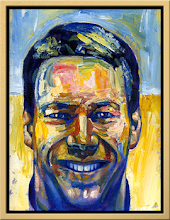The Greater Victoria Public Library has a wonderful "Local History Room" on their main floor where I just found these 2 gems. The tiny handbook, ABC Guide to Victoria and Vancouver Island was published by Harold Diggon's Government Street print shop in 1928 and is great example of the typography of that era. Odd to see the iconic typeface of the 1960's - Cooper Black - used throughout.
Cecil Clark's The Best of Victoria, Yesterday and Today: A Nostalgic 15-Year Pictorial History of Victoria published in 1973 is also part of the GVPL's Local History collection. The images of "present day" 1970's Victoria are almost as dated now as the images of yesterday! This image of Government Street and Broughton illustrates the heavy use of overhead electrical power lines. Funny to see so much traffic on Government in the bottom image as it's now only two lanes of north-bound traffic.


















